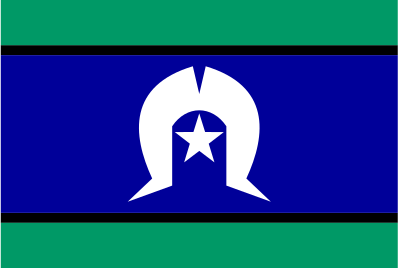Resources
Dinham and Chalk (2018) advocate that the provisions educators make should invite children to explore freely, experiment creatively, express themselves through movement and dance, and engage actively with musical elements, including pitch, timbre and rhythm. This webpage provides effective instruments, engaging activities and informative insights to help you, the capable educator, use music to nurture children’s cognitive, emotional and social growth. The following resources function as a starting point for discovering practical examples that promote the holistic development of learners aged five in the classroom.
This resource exemplifies the incorporation of the Woiwurrung language of the Wurundjeri People into the popular song Head, Shoulders, Knees and Toes.
The Child’s Play Music website is created by Alec Duncan, a specialist in early childhood music. It is an excellent resource for exploring the role of musical improvisation in early learning, with highly insightful video content. Watch the video below for an example.
Whilst all music contains the fundamental elements of music, certain pieces of music may draw attention to particular aspects or create contrasts between components. Such resources could be instrumental in teaching young musicians specific elements of music. Below are illustrations of this.
The Spoke, a blog by Early Childhood Australia, features content that is readable yet comprehensive. It combines research-informed perspectives with practical insights, making it an invaluable resource for educators aiming to expand their understanding of music in early childhood education. Follow the link to explore further: https://thespoke.earlychildhoodaustralia.org.au/?s=music.
For scholarly works, please visit the References page.
Acknowledgement
We respectfully acknowledge the Wurundjeri People of the Kulin Nation as the traditional custodians of the land on which we learn and work. We honour their enduring spiritual, cultural and custodial connection to the land, water and community. Our deepest respect is given to the Elders, both past and present, and extends to all First Nations peoples and communities around the world.

